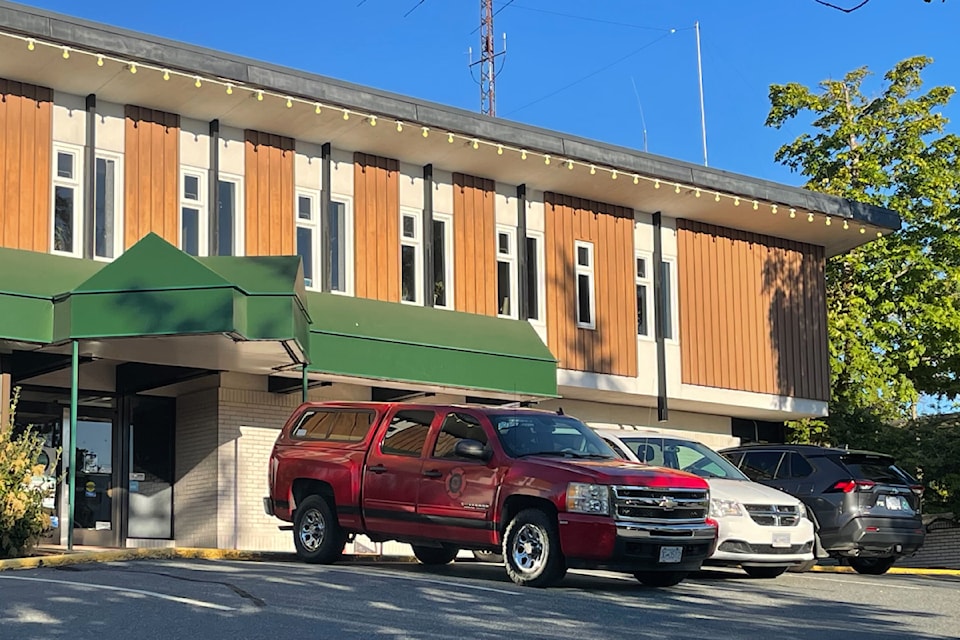After he saw the tsunami advisory come in and how low the wave was on the west coast, Chris Alemany decided to go to Victoria Quay to watch the wave come into Alberni.
After an 8.8 earthquake occurred about 129 kilometres southeast of Kamchatka, Russia, at 4:25 p.m. on July 29, the west coast of B.C. was put under a tsunami watch. A community weather watcher who operates AlberniWeather.ca, Alemany had been monitoring the tsunami alerts.
The watch was later upgraded to an advisory, and the Alberni-Clayoquot Regional District activated its Emergency Operations Centre at 7 p.m. The districts of Tofino and Ucluelet did the same for their west coast communities.
All beaches on the west coast were closed and officials advised people to stay away from the water. When the advisory went into effect, officials were anticipating a wave of less than 30 centimetres (one foot) to hit Langara Island in Haida Gwaii, and the coastal areas of Tofino.
No estimation was listed for a wave to arrive in Port Alberni, up the Alberni Inlet.
The tsunami advisory continued throughout Tuesday night as communities in Alaska, Haida Gwaii and the west coast reported seeing minimal wave action. Tofino experienced "minimal wave activity" of approximately 0.5 feet, according to the District of Tofino.
That's when Alemany headed down to Victoria Quay, where the Alberni Inlet meets the Somass River. When the March 28, 1964 Alaska earthquake caused a tsunami that hit Port Alberni in the middle of the night, the area around the quay and where Clutesi Haven Marina is located were hit hard with the first two waves. Boats were thrown up onto roads, cars were pushed into buildings and homes were pushed off their moorings and into neighbours' yards.
Early Wednesday morning though, Alemany wasn't anticipating anything like the 1964 wave. "It (water) was coming up quite fast around one o'clock," Alemany said. "You could see it starting to come in about 1:30 (a.m.) and then it receded and then about an hour later the second wave came in and it was much stronger."
Alemany believes the timing of the second wave coincided with high tide and that is what led to it appearing to be a larger wave.
"If it had been daylight and there were people down there, there's no doubt that people would have been shocked just at the strength of it," he said. "Essentially the river was flowing backwards and very, very strongly."
The U.S.-based tsunami warning system measured the height of the wave in Port Alberni at 36 centimetres (1.2 feet).
While there was a wave projection for Tofino of 30 centimetres, there was not a projection for Alberni. In Tofino the wave only reached 15 centimetres.
"The (Alberni) Inlet kind of amplifies things so it was important, I think, to document it," Alemany said. "It sure would be nice if there was an accurate prediction for Port Alberni."
Alemany said if the wave was closer to 60 centimetres he believed there could have been a risk of boats being pulled away from harbour.
While there was a tsunami advisory in effect warning people to stay away from the water's edge, Alemany said he wanted to document what happened and went somewhere he knew he would be safe to watch the wave.
"I didn't go anywhere near the water's edge of course. Victoria Quay is five or so meters up on those platforms," he said.
The tsunami advisory was cancelled by around 7 a.m. Wednesday, and beaches were reopened on the west coast.


